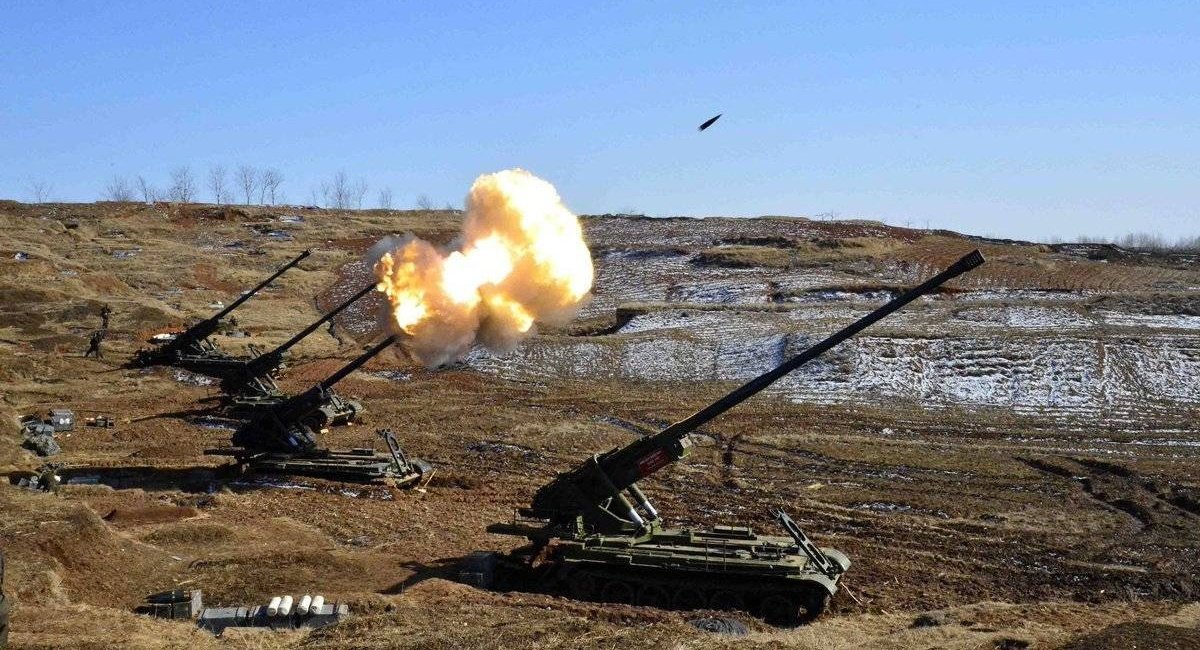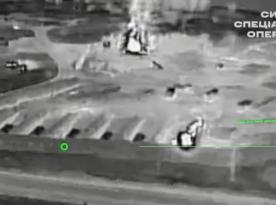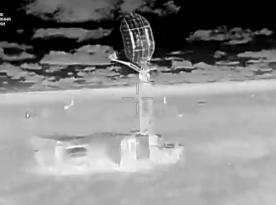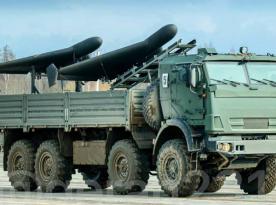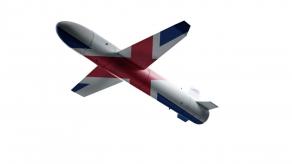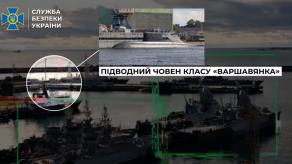In our review of North Korean self-propelled artillery, we identified the Koksan as the most powerful model, which we promised to cover in more detail. Now, we will explain why this system has drawn so much attention.
The Koksan stands out due to its unusual 170-mm caliber. There are two theories explaining why North Korean developers chose this specific caliber. One theory suggests it was based on a 150-mm Japanese howitzer from World War II. Another theory posits that it was inspired by a 170-mm German howitzer captured by the Soviet Union and transferred to North Korea.
Read more: Since russians Started Training on North Korean Howitzers, Let's Review What We Know About DPRK's Artillery
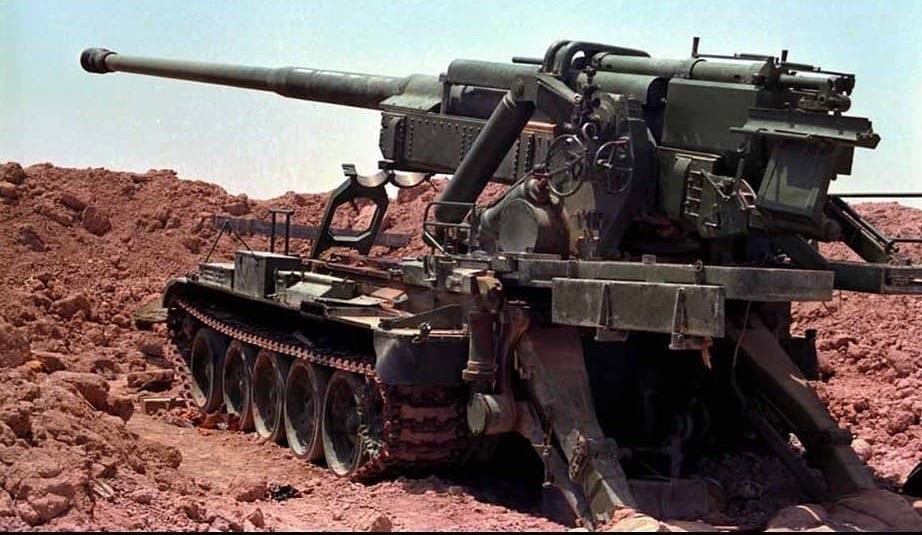
The development history of the Koksan remains largely unknown. The name "Koksan" is a conditional designation linked to a North Korean city where the artillery system was first observed in 1979.
Two key variants of the Koksan are recognized. The M-1979 model lacks onboard ammunition storage and is mounted on the chassis of the T-54 or the Chinese Type 59. The M-1989 model includes onboard ammunition storage for 12 rounds.
It’s also important to note that the exact number of Koksan units in North Korea is not publicly known. However, reports suggest that these artillery systems are organized into batteries of 36 units, designed to carry out deep strikes into South Korean territory.
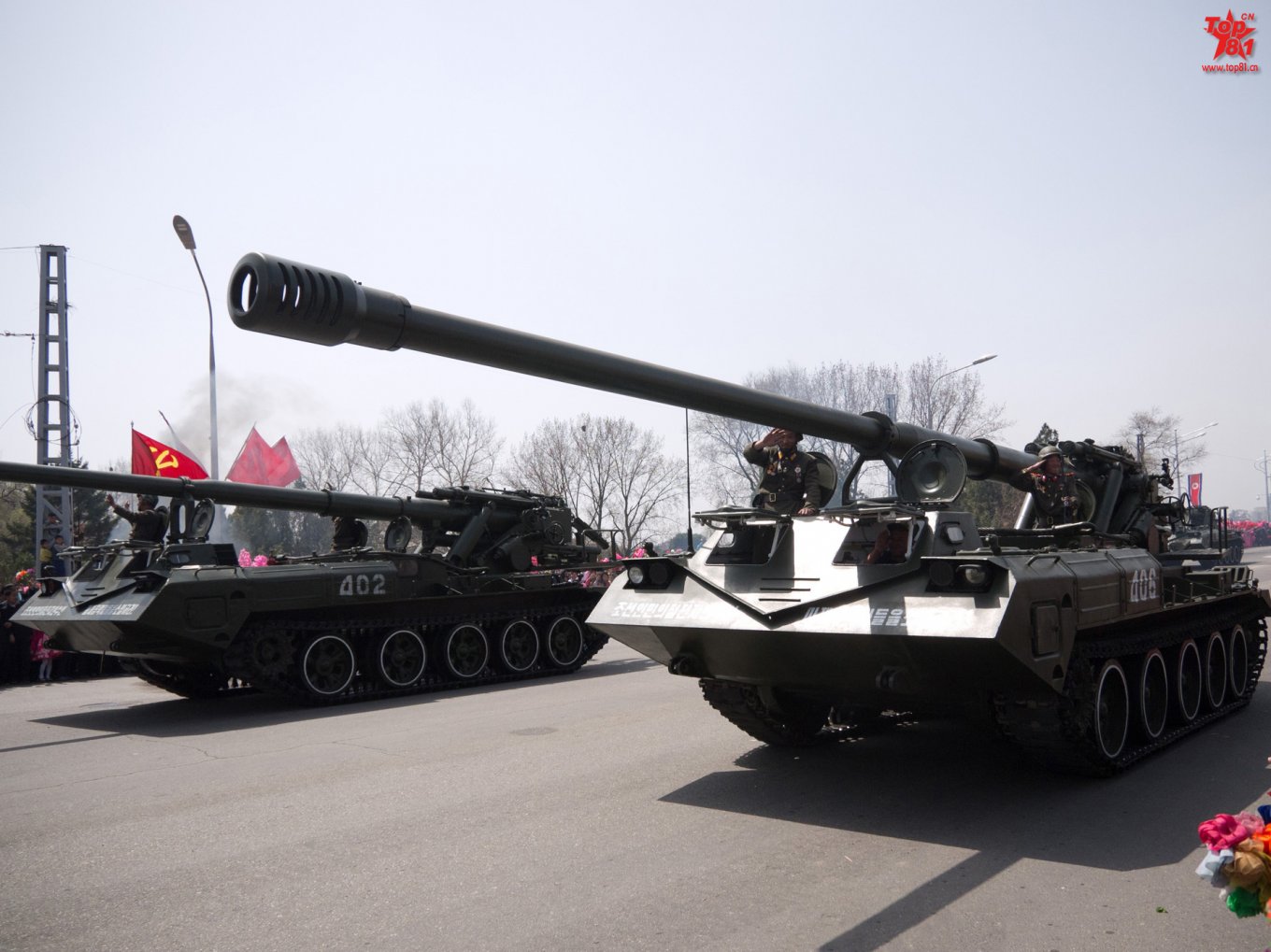
The Koksan has an effective firing range of up to 40 kilometers with standard shells and up to 60 kilometers with rocket-assisted projectiles, with a firing rate of 1–2 shots every 5 minutes.
Interestingly, the Koksan was tested during the Iran-Iraq War (1980-1988), where it proved to be a highly effective counter-battery weapon. There are conflicting reports about whether it was supplied to both Iran and Iraq or only to Iran.
Currently, the Koksan is in service with both North Korea and Iran, with Iran possessing 30 M-1979 variant units. Since 2022, russian propagandists have been speculating that North Korea might supply these artillery systems to russia as a supplement to their large-caliber systems like the Pion self-propelled cannon and Tyulpan self-propelled heavy mortar.
Read more: North Korean Troops to Start Fighting in Ukraine Using russian Equipment by November 1




